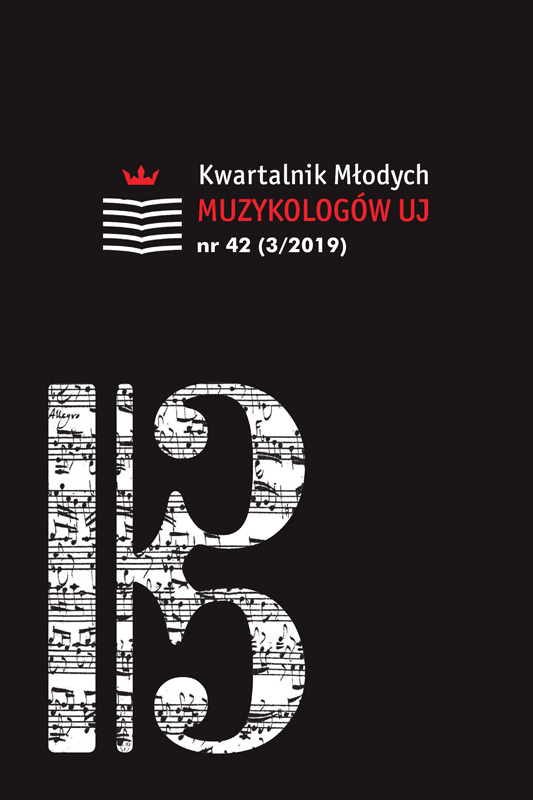Działalność orkiestry symfonicznej w getcie łódzkim w latach 1940–1944
The Activity of the Symphony Orchestra in Litzmannstadt Ghetto (1940–1944)
Author(s): Magdalena MikołajczykSubject(s): History, Fine Arts / Performing Arts, Music, Recent History (1900 till today), WW II and following years (1940 - 1949)
Published by: Koło Naukowe Studentów Muzykologii UJ
Keywords: Łódź ghetto;Litzmannstadt Ghetto;symphony orchestra;Teodor Ryder;Dawid Bajgelman;
Summary/Abstract: The article presents the activity of the symphony orchestra in Litzmannstadt Ghetto, existing in Łódź in the years 1940–1944. It was the first and longestrunning camp of this type in Poland, with over 200,000 Jews from the Wartheland and Western Europe. There, the orchestra consisting of fortyfour musicians was functioning. It employed the artists associated with Łódź Symphony Orchestra before the war, and from 1941 its musicians also performed under that name.The aim of the article is to familiarise the audience with the history of Litzmannstadt Ghetto and, above all, to present the music that was heard by the imprisoned community. During World War II, the ghetto was the only place in Łódź where culture and art had any chance to develop. The musicians could legally conduct cultural activities while being subject to strict censorship of Judenrat. Teodor Ryder, a pianist, conductor, organiser and promoter of musical life, was the person responsible for the selection of the repertoire for the orchestra was. Starting from March 1941, the House of Culture, located at 3 Krawiecka Street, was its official seat. The events taking place there gathered crowds – only during the first year of the activity of the orchestra, around seventy thousand listeners were present at the concerts.
Journal: Kwartalnik Młodych Muzykologów UJ
- Issue Year: 2019
- Issue No: 03 (42)
- Page Range: 53-76
- Page Count: 24
- Language: Polish

